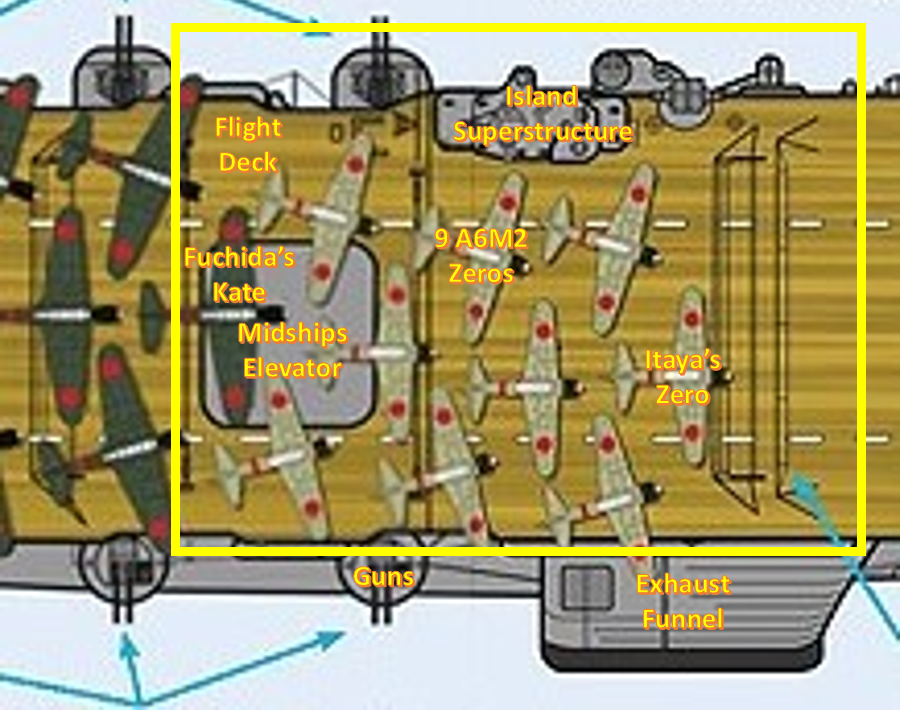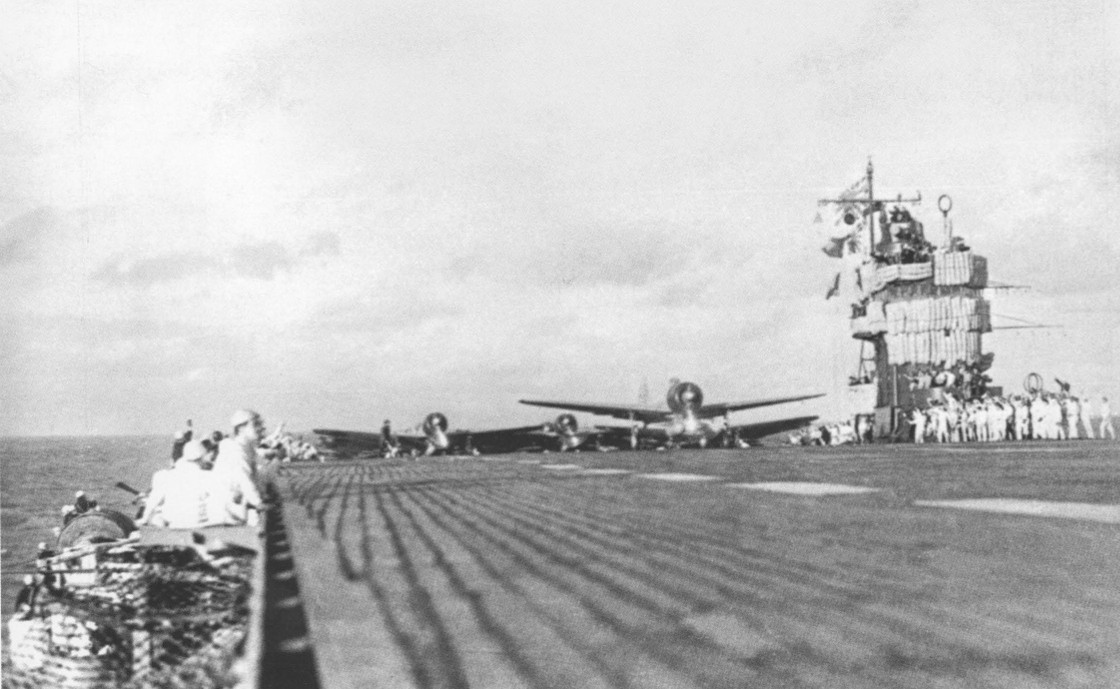This is Part 2 of a series of posts on the construction of a diorama depicting the Zeros of the Imperial Japanese Navy’s Akagi aircraft carrier preparing to take off as part of the first wave attack on Pearl Harbor. Providing the history of the Zero or its technical details is beyond the scope of this article. This post concerns only the tail numbers of the Zeros of Akagi’s first wave. To understand the concept of this diorama project, please refer to the previous post.
The Akagi Zeros and Their Tail Numbers
As previously mentioned, the Akagi contributed nine Zeros and 27 Kates to the first wave attack. Below is a photo of the Zeros on the deck of the Akagi just prior to take-off.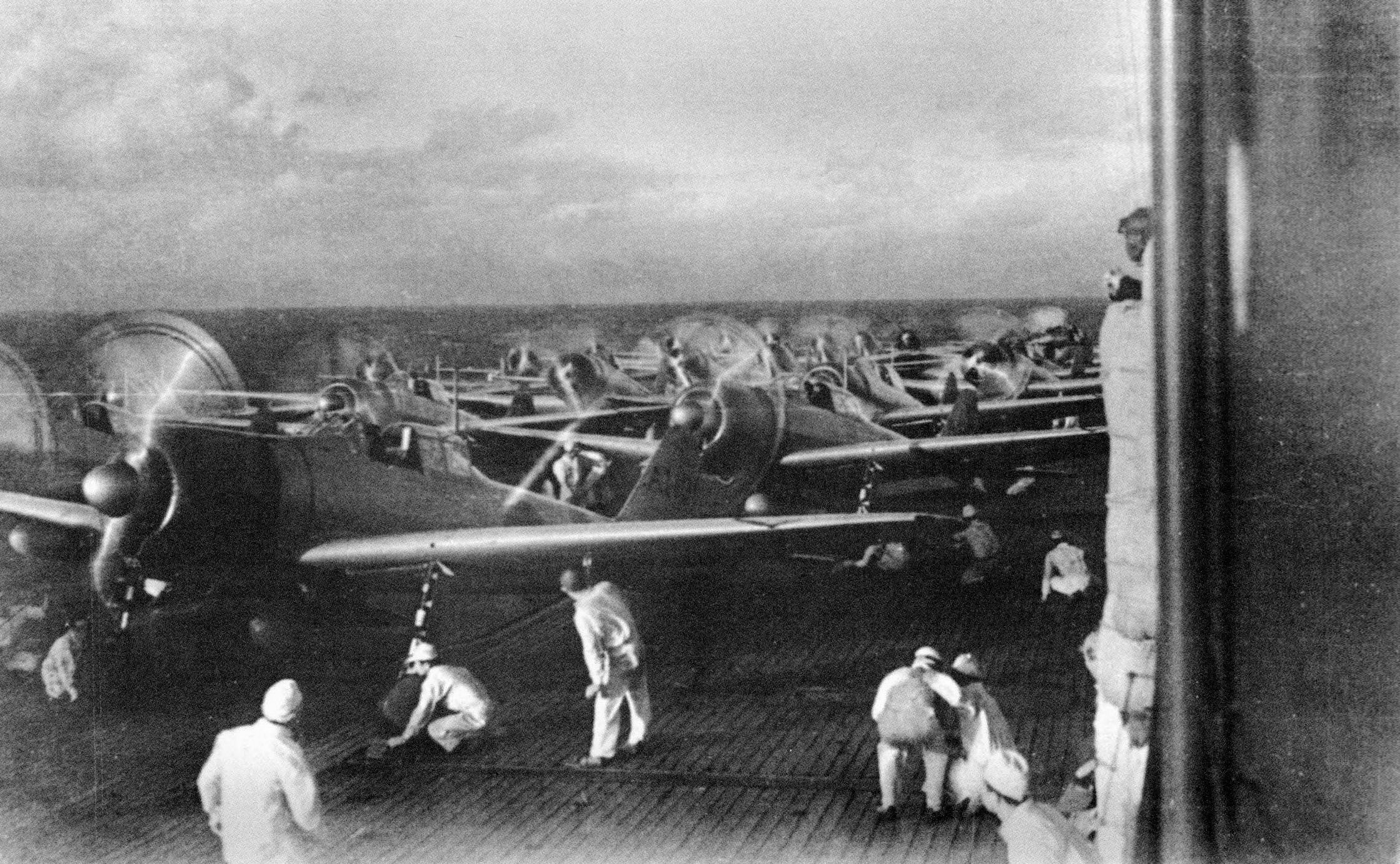 To create the diorama, it is necessary to determine what tail numbers were used in the first wave. In the aftermath of WWII, there was some controversy and confusion concerning the tail numbers of the various aircraft that participated in the attack and whether they
To create the diorama, it is necessary to determine what tail numbers were used in the first wave. In the aftermath of WWII, there was some controversy and confusion concerning the tail numbers of the various aircraft that participated in the attack and whether they 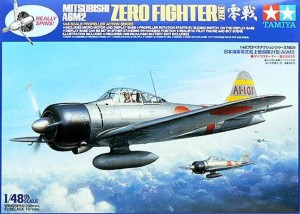 were in the first or second wave. Plastic model manufacturers, including Tamiya, even issued models of the AI-101 Zero with yellow command stripes. Photos later proved conclusively that the AI-101 did not carry the horizontal yellow command stripes on the tail and, in fact had participated in the second wave, not the first. Further research shed more light on the tail numbers and at this point the issue is mostly settled.
were in the first or second wave. Plastic model manufacturers, including Tamiya, even issued models of the AI-101 Zero with yellow command stripes. Photos later proved conclusively that the AI-101 did not carry the horizontal yellow command stripes on the tail and, in fact had participated in the second wave, not the first. Further research shed more light on the tail numbers and at this point the issue is mostly settled.
The table below provides context regarding where each of the Zeros fit within the organizational framework of Akagi’s aircraft. As in the past, I created the table for learners like me who want to visualize where a small piece fits into a larger whole. As I’ve previously made clear, I’m just an amateur enthusiast (redundancy intended) so please use the table at your own risk. I relied on a number of sources, particularly Peter Smith’s Mitsubishi Zero, photos of an Akagi display at the USS Arizona Memorial Museum, and bits and pieces from the internet. Note that the squadron was made up of three flights (shotai) of three aircraft each. The Zeros with horizontal yellow stripes led each three-plane flight. The two Zeros below each yellow-striped Zero belonged to the shotai’s wingmen, in order of rank. 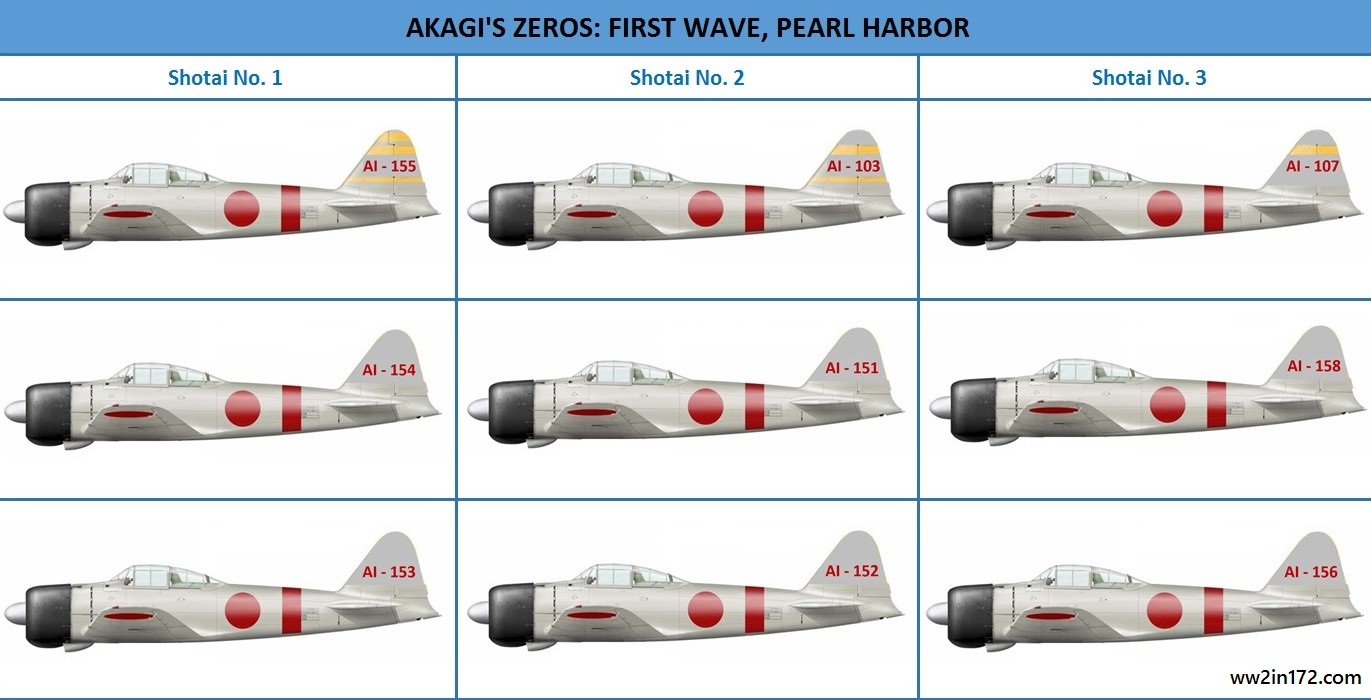 For purposes of the diorama, I will be using nine prebuilt models made by AFV Club, Corgi, Dragon Wings, Forces of Valor, and Witty Wings.
For purposes of the diorama, I will be using nine prebuilt models made by AFV Club, Corgi, Dragon Wings, Forces of Valor, and Witty Wings.
Again, thank you for your indulgence and I hope you enjoyed the post. If something looks amiss, please let me know. I would be delighted to correct inaccurate information so that this may be useful to other 1/72 scale collectors and wargamers. As always, comments, questions, corrections, and observations are welcome. Stay tuned for a photo overview of prebuilt 1/72 scale Zero models made specifically for the Akagi to be used in the diorama.


